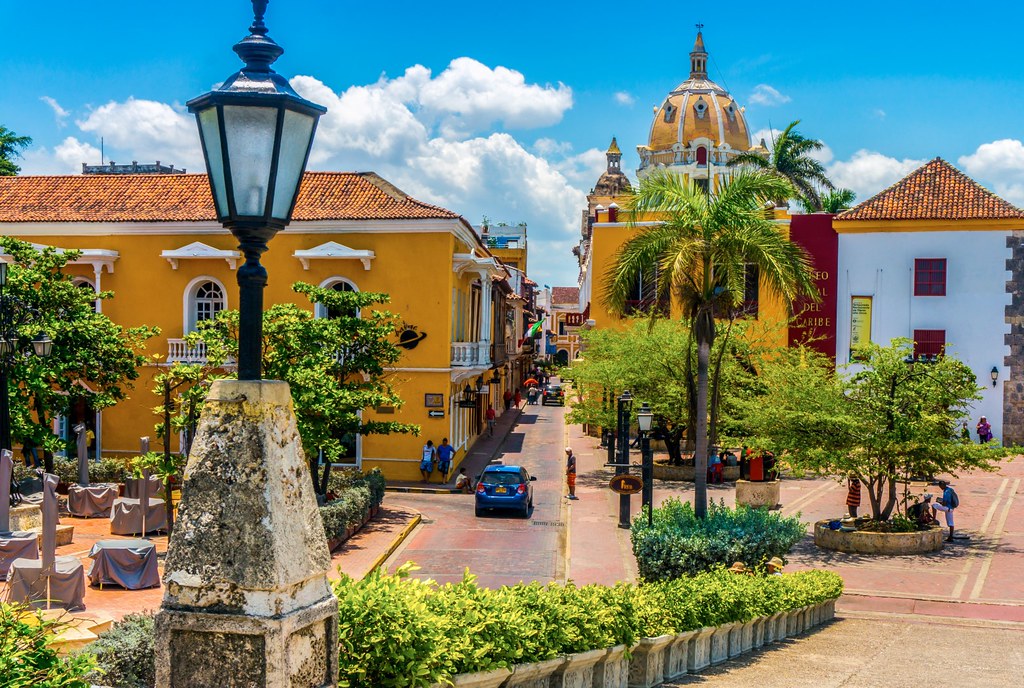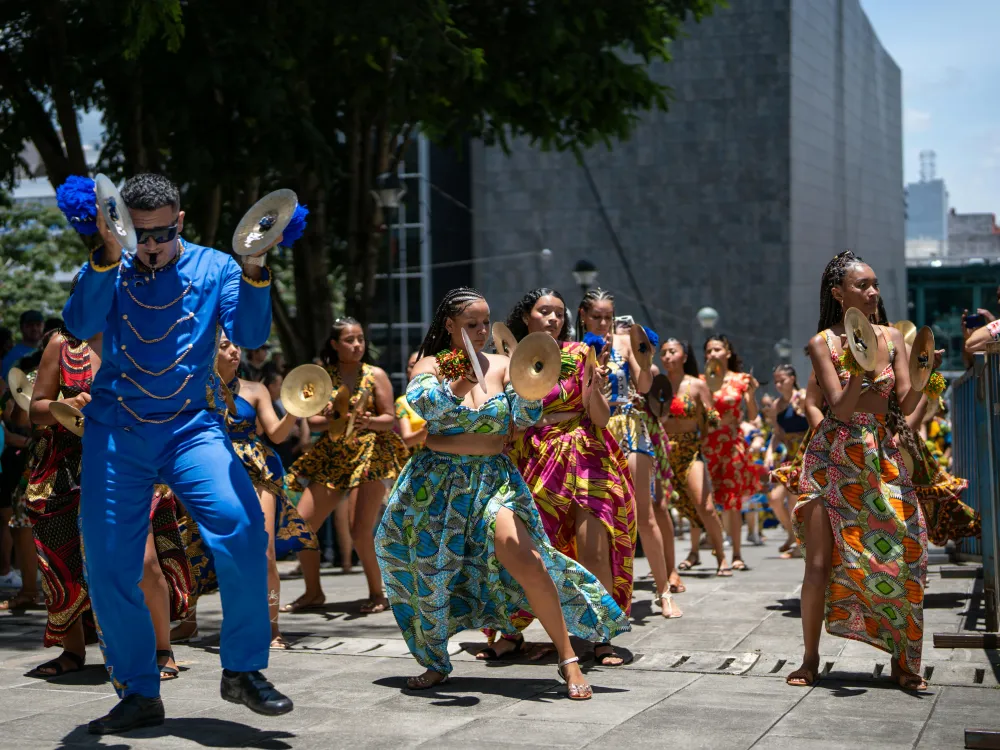Color, Rhythm, and Resilience: The Caribbean Spirit Beyond the Beach
If there's a literal heaven, I sure have not been there. However, my last trip to the Caribbean strengthened my resolve its existence. Turquoise waters, white sand, and rum drinks under palm trees. What more could I ask for in a vacation?
As strange as it sounds, the true Caribbean story isn’t just about leisure; it’s about endurance wrapped in joy. Every beat of the drum, every burst of color on a mural, every dance in the street carries the memory of survival and the pride of creation.
Across islands and coastal cities—from Nassau’s parades to Cartagena’s plazas, from Medellín’s painted hills to Belize’s drum circles—culture isn’t preserved in museums; it’s lived daily. The region’s people have turned centuries of struggle into celebration, using art, language, and laughter as tools of identity.
To truly understand the Caribbean spirit, you must look beyond the beaches and see the pulse that drives them: a collective heartbeat that refuses silence.
Here are four cities that truly explain the Caribbean spirit.
1. Cartagena, Colombia
The 3-hour journey from the US to Cartegana did not go as I intended. It sort of killed the enthusiasm I had for visiting the Caribbean for the first time, and all I could think of was the stressful 3-hr return flight.
My decision to travel to Cartagena came from a book. The vivid description of its narrow, colorful streets and lovely plazas created a thirst that could only be quenched by seeing Cartagena for myself.
Cartagena is the second-oldest Spanish outpost in South America and the most picturesque city in Colombia. Its culture is a fusion of Spanish colonial, indigenous, and Afro-Caribbean traditions, and the influence of all three cultures is very much seen.

Here, you get only two seasons - summer and hot. Despite the year-round high temperatures and the seemingly indestructible blue skies, the Caribbean coast of Colombia does have its climatic quirks. Tropical downpours come during rainy seasons, and if you meet a visitor not fond of Cartagena, chances are the extreme humidity was the deal-breaker.
The first place I visited in Cartagena was Torre del Reloj (The Clock Tower). Immediately I saw it, I realized social media pictures did not show half its beauty. The color and ambience were too welcoming for a city that has existed since June 1, 1533. The date is important because it gives a convenient excuse to party in celebration of the city's birthday every year.
Everyone who visits Cartagena talks about its walls. However, Cartagena's art scene is surprisingly popular. La Gorda Gertrudis, created by Fernando Botero, is a renowned example of the Boterismo art style.
Things to Do in Cartagena
Cultural Events in Cartagena, Colombia
| Event | Dates | Description |
|---|---|---|
| Cartagena International Music Festival | January 4–12, 2025 | A prestigious week of orchestral, chamber, and crossover concerts in historic venues blending classical and Caribbean sounds. |
| Frito Festival | January 26 – February 4, 2025 | A cultural and gastronomic festival honoring the Virgin of Candelaria, showcasing Cartagena’s street food, parades, and traditional costumes. |
| Hay Festival Cartagena | January 25–28, 2025 | An international literary and ideas festival where writers, journalists, and artists gather to discuss global culture and creativity. |
| Cartagena International Film Festival (FICCI) | April 16–21, 2025 | The oldest film festival in Latin America, celebrating cinema from Colombia and the world with screenings and workshops. |
| Festival del Dulce (Sweets Festival) | During Holy Week, April 2025 | A beloved Easter tradition featuring handmade sweets made from coconut, papaya, tamarind, and other tropical fruits. |
| Independence Festivities | November 11–17, 2025 | The city’s biggest celebration with parades, live music, reenactments, and dances marking Cartagena’s 1811 independence. |


